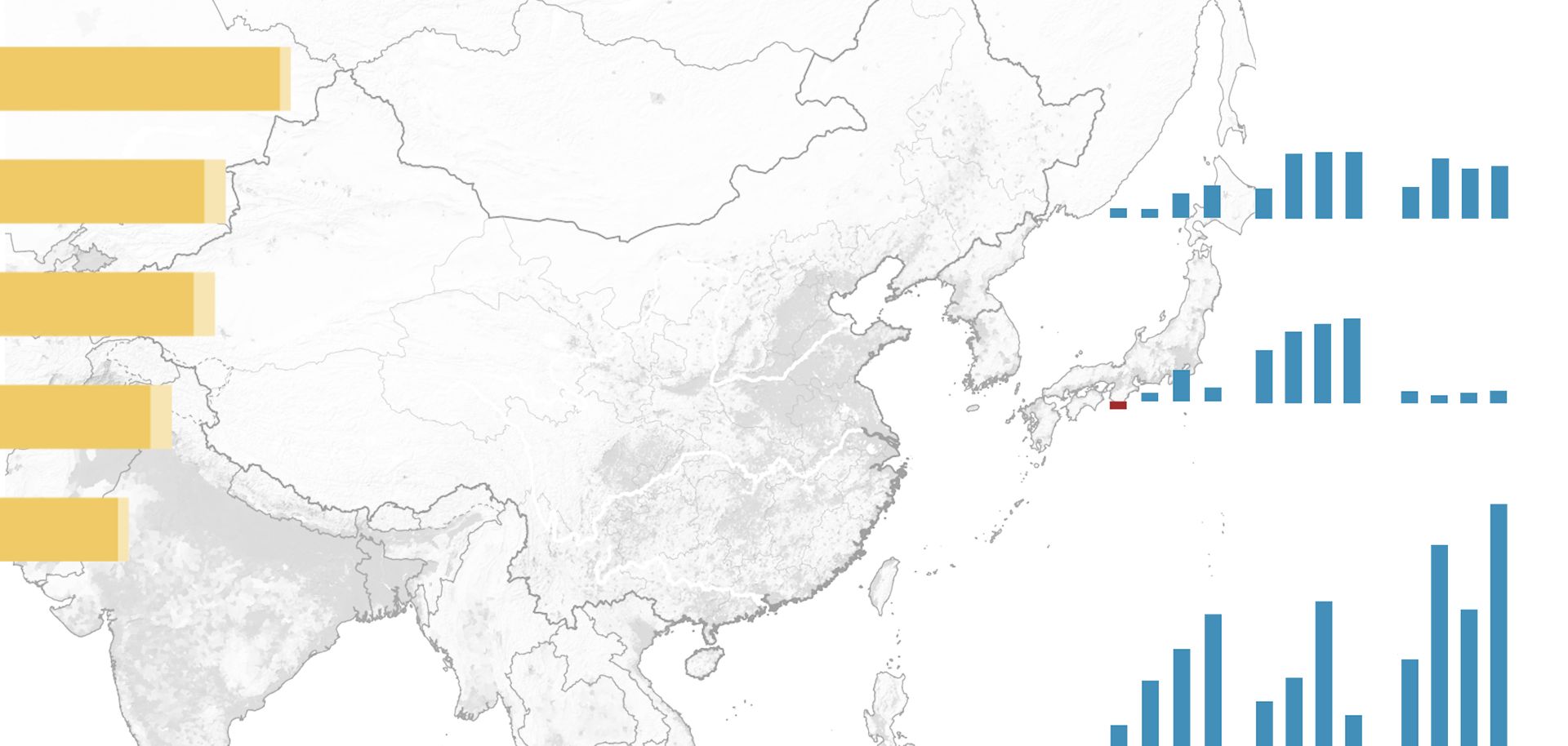
Ireland has not featured prominently in the news since the collapse of its banking and real estate sectors in the late 2000s, but now it is making headlines — and for positive reasons. After spending most of the past decade in a deep financial crisis, with early signs of recovery in 2014, the Irish economy is now growing again in earnest. But even as unemployment drops and Ireland's prospects for growth improve, its large public and private debt could still threaten the country's economic future, and its recovery has not been equally felt across the country. Dublin will also have to deal with threats to European unity in the coming months and years, since a Greek or British exit from the union could hurt the country's incipient growth.
The past decade has been a roller coaster ride for Ireland. The country was once praised for the rapid economic growth it experienced between the late 1990s and early 2000s. With the start of the fiscal crisis in 2008, its status changed. Ireland transitioned from the promising "Celtic Tiger" to a member of the PIIGS — the notorious group of highly indebted and economically weak countries that also included Portugal, Italy, Greece and Spain.
As Ireland's banking and real estate bubbles of the early 2000s burst, Dublin made the controversial decision to rescue its own financial sector without external assistance. Shortly after that, the Irish government was forced to request a bailout from the European Union and the International Monetary Fund. Ireland set out to reduce its budget deficit by enacting austerity measures, and the country endured five years of harsh spending cuts and tax hikes while unemployment rose and economic activity contracted.
Those years finally seem to be over. Ireland became Europe's fastest-growing economy in 2014, when its gross domestic product expanded by 4.8 percent, and it expects to see even more growth over the next two years. (According to European Commission predictions, Ireland's GDP will expand by 3.6 percent in 2015 and 3.5 percent the following year.) This trajectory would set Ireland up to grow twice as much as the eurozone as a whole; the same report predicts eurozone growth of a mere 1.5 percent and 1.9 percent in those years, respectively.
Despite the recent optimism, Ireland still faces challenges, not least of which is its substantial accumulation of public debt. As a result of Ireland's efforts to rescue its financial sector, its debt skyrocketed from 24 percent of GDP in 2007 to 123.2 percent in 2013. Private debt is also a source of concern; according to Eurostat, Ireland's private sector debt is at around 300 percent of GDP, the third-highest rate in the European Union. Rapid economic growth and weak inflation will help mitigate these problems, but debt will remain problematic for Ireland's government as well as its private households and corporations. In short, signs of recovery hint at a hopeful future ahead for the Emerald Isle. But a hope is not a promise. Ireland will have to find a way to maintain its newfound economic growth without repeating its past mistakes.



